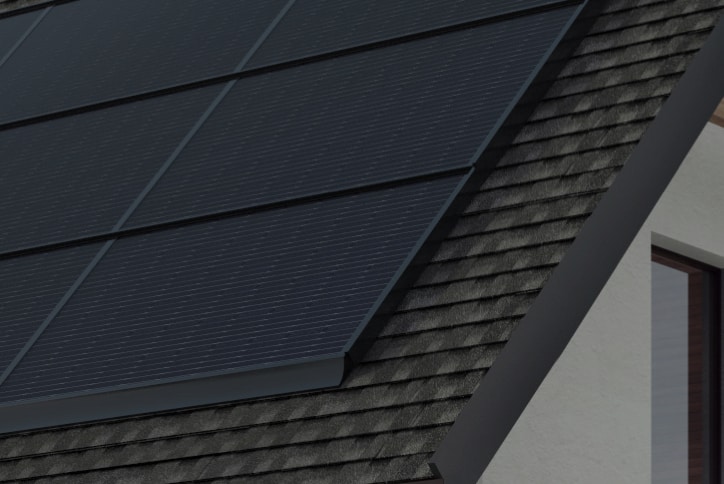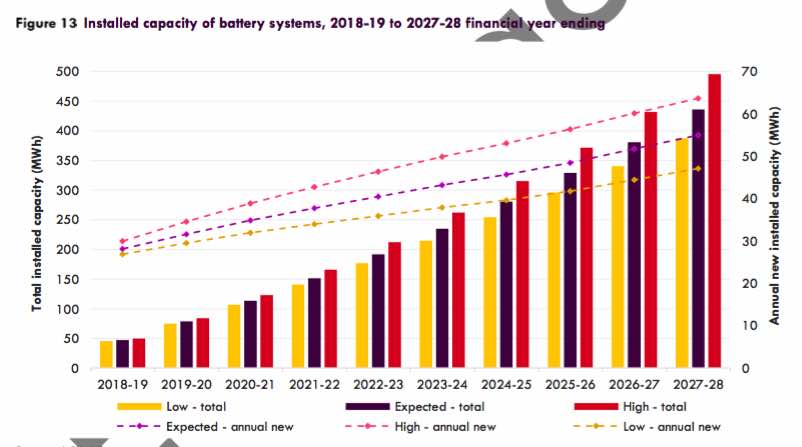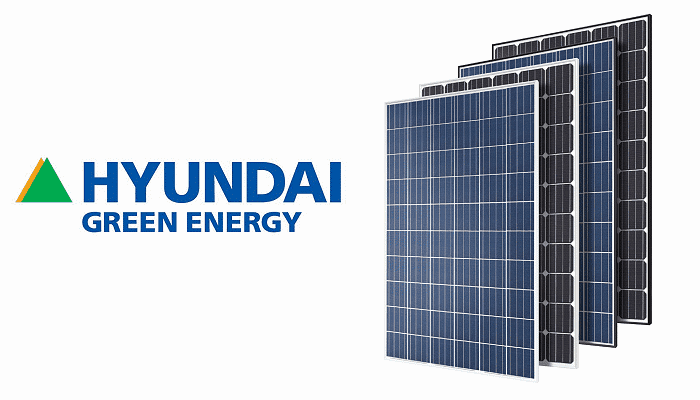Fraunhofer Institute for Solar Energy Systems (ISE), one of the world’s leading solar research institutes, has announced a significant breakthrough in solar technology. The institute has confirmed that its new photovoltaic-thermal (PVT) module has an efficiency of 80%.
PVT modules are a type of hybrid solar panel that can generate both electricity and heat simultaneously. This technology is gaining popularity because it can produce more energy per unit area than traditional solar panels. However, PVT modules have not been as efficient as their traditional counterparts. This breakthrough from Fraunhofer ISE could change that.
The new PVT module from Fraunhofer ISE combines a photovoltaic cell with a thermal absorber. The photovoltaic cell converts sunlight into electricity, while the thermal absorber collects the heat from the sun. The module also has a heat exchanger that transfers the collected heat to a hot water storage tank.
According to Dr. Harry Wirth, Division Director of Photovoltaic Modules, Systems and Reliability at Fraunhofer ISE, “Our new PVT module achieves an efficiency of 80%. This is a significant improvement over previous PVT modules, which typically have an efficiency of around 50%.”
Dr. Wirth also highlighted the benefits of the new technology, saying “The higher efficiency of our PVT module means that it can produce more energy per unit area. This makes it particularly well-suited for applications where space is limited, such as on rooftops or in urban areas.”
The Fraunhofer ISE team achieved this breakthrough by optimizing the design of the PVT module. They used advanced modeling and simulation techniques to study the behavior of the module under different conditions. This allowed them to identify the optimal design parameters that would maximize the module’s efficiency.
This breakthrough from Fraunhofer ISE could have significant implications for the solar industry. PVT modules are becoming increasingly popular, and this breakthrough could accelerate their adoption. It could also lead to the development of more efficient PVT modules in the future.
The Fraunhofer ISE team is now working to commercialize the new PVT module. They are partnering with companies in the solar industry to bring the technology to market. Dr. Wirth said, “We believe that our new PVT module has the potential to revolutionize the way we generate and use energy. We are excited to see where this technology will take us in the future.”
The development of this new PVT module was supported by the German Federal Ministry for Economic Affairs and Energy as part of the research project “SolSpaces.” The project aimed to develop innovative energy systems for buildings.
References:
- Fraunhofer ISE. (2023, March 27). Fraunhofer ISE achieves 80% efficiency with new photovoltaic-thermal module. Retrieved March 28, 2023, from https://www.ise.fraunhofer.de/en/press-media/press-releases/2023/fraunhofer-ise-achieves-80-percent-efficiency-with-new-photovoltaic-thermal-module.html




